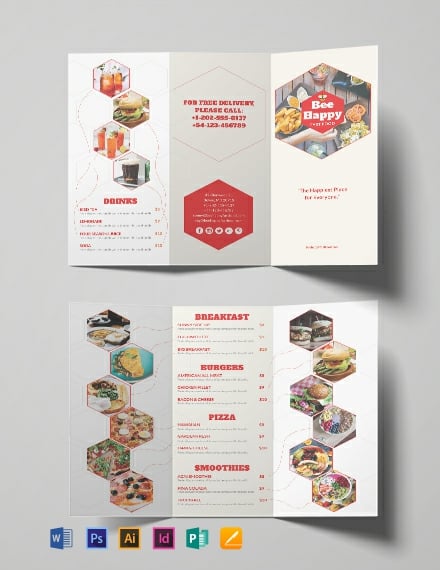

The text becomes the foreground layer.Īttaching a drop shadow to an image is a technique frequently used when layering images onto text. Layered on top of it is the image of the topic with another layer of water on top of it. Notice the background image of the white water.
Page layers in microsoft publisher series#
Learning to see a page as a series of layers rather than a single flat sheet of paper is a design tool that can serve you well. As a result the use of drop shadows and layers to create a multilayer look is important. As readers come to expect multidimensional experiences, they also expect that the documents they read will provide a similar feel. The use of layers in design is becoming more popular. Experiment with arranging and layering objects in PowerPoint and you can reclaim unused white space to create a more visually appealing PowerPoint presentation.The use of layers on a page adds an extra dimension of depth, making the page more interesting. Use too many layers and you risk making too complicated a slide to follow. However, to keep things neat and simple for your audience, consider using no more layers than you need on a single slide. There is virtually no limit to the number of layers the objects on a PowerPoint slide can occupy. Towards the middle/bottom, you’ll find the options for transparent and semi-transparent. You’ll see a bunch of boxes with different colors and styles. You can make a layer transparent by right-clicking on it and then clicking on the Style button. In our little example, I made the yellow layer semi-transparent and then added some text to the green box. In addition, it’s worth noting that you can also make your layers fully transparent or semi-transparent, which can result in some cool effects. You can also simply right-click on the object and choose those options from the context menu as shown below. Use the Send Back and Bring Forward commands to move an object one layer back or forward and use the Send to Back and Bring to Forward commands to move an object all the way to the front or back of the layering order. It may take some getting used to working with layers in PowerPoint, but the menu system is quite intuitive. Using the four arrange functions on the Arrange button, you can choose whether an object moves one level up or down or all the way to the highest or lowest level. Notice that now the blue box occupies the lowest level and is now behind the yellow, green, and red boxes. Now select the blue box and this time select Send to Back from the Arrange menu. Notice that now the yellow box has moved back one layer to be between the blue box and the green box. Then, click on the Arrange button and select Send Backward from the menu.

As an example, let’s arrange the yellow box on top to a different layer.īegin by clicking on the yellow box to make it the active object.

Notice, however that the menu items are grayed out you can’t use them unless you first make an object active by clicking on it before you click on the Arrange button. With these commands, you can layer objects in PowerPoint any way you want. Notice that on the menu that pops up, there are four options titled: In the Drawing section, locate and click on the button titled Arrange. To layer the objects differently from the default order, begin by clicking on the Home tab on the Ribbon and locating the section titled Drawing. Using PowerPoint’s layering function, you can layer these objects in any order. Notice that the newest box (yellow) is on top of the others.


 0 kommentar(er)
0 kommentar(er)
